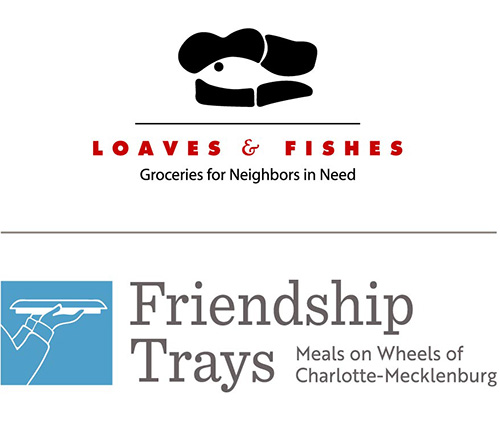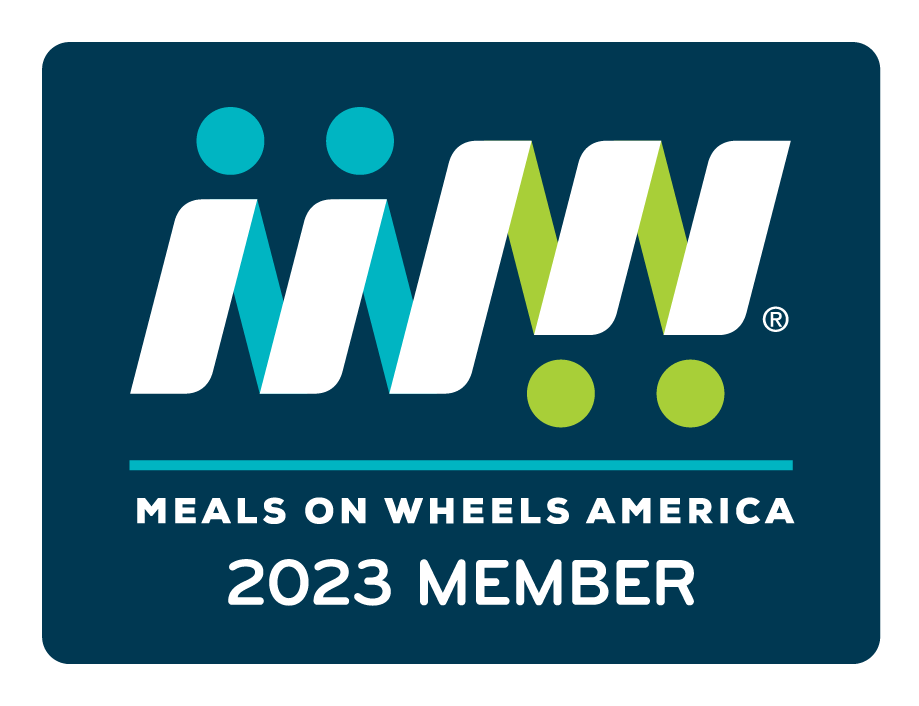The New Math of Poverty: When It Doesn’t Add Up Like It Should.
At last week’s Rural Advancement Foundation Inc. (RAFI), conference in Charlotte, I was reminded that people come to hunger relief from all different places with a host of different motivations and viewpoints. My motivation is the desire to feed hungry people by providing equitable access to healthy food.
I took part in a Racial Equity Wealth Gap simulation that highlighted a dozen or more laws passed over the past 90 years. These laws, and the way they were interpreted and enforced, allowed white Americans to acquire and build equity to a greater degree than African Americans. As the wealth accumulated and was passed on generation to generation, the equity gap between white and black Americans grew. Here are a few examples, including several that show the New Deal was not a great deal for everyone.
As America struggled out of the Great Depression in the early 30’s, the National Housing Act of 1934 created the Federal Housing Authority (FHA) which is recognized for making homeownership accessible by guaranteeing loans. However, the FHA avoided backing loans to black people or to people living near black people through a process known as “redlining”. As a result, whites were able to buy more property, including properties not just for use as a personal residence, but for income purposes. African Americans often paid rents that were much higher than the mortgage payments held on their residences by their landlords.
The Social Security Act of 1935 established a “welfare tax” that created a system of senior benefits for workers, benefits for victims of industrial accidents, unemployment insurance, aid for dependent mothers and children, the blind, and the physically handicapped. Farm and domestic laborers were excluded from participation. This meant that 65% of African American workers were not eligible to receive Social Security benefits. The Fair Labor Standards Act of 1938 established the minimum wage and overtime wages, created the 40-hour work week and limited child labor—all good things. However, farm workers, waiters, cooks, janitors and home care workers—the majority being African Americans— were again excluded.
The Servicemen’s Readjustment Act of 1944, better known as the G. I. Bill, provided funds for college education, unemployment insurance, and housing to returning soldiers. 1.2 million African Americans served during World War II, but of the first 67,000 low cost/zero down payment home loans granted through the G. I. Bill, less than 100 loans, less than .2%, were given to African American veterans. Access to the college education benefits followed the trend. A limited number of colleges would accept blacks, and African American colleges could not accommodate the demand from returning veterans. In 1947, 70,000 black veterans were denied admission to higher education.
Then, in 1954, there was Brown vs. the Board of Education and “separate but equal” schools. I could go on about voting rights, subprime loans, employment discrimination and other ways government and society have prevented African Americans from having equal access to opportunities to build equity and wealth, but that is history, and I want to talk about the future. And here is the light at the end of the tunnel for me. If you were in Charlotte in the 70’s, you witnessed proof that education performs at its highest level when a community comes together to make all schools “equal” schools. We did this! Through partnership, collaboration, conversation and determination, Charlotte created an integrated, high performing school system that shone as a bright example for other communities across America. Let’s be that city again. Let’s reach inside ourselves, our families, neighborhoods, schools, businesses, organizations and houses of faith to find the best, smartest, most gracious qualities and work together to build opportunities for everyone to achieve safe, affordable housing; access to healthcare and healthy food; a well-grounded education and the chance to pursue dreams.
If you are interested in learning more about the Racial Equity Wealth Gap Simulation, follow this link! Racial Equity Wealth Gap Simulation
 menu
menu




